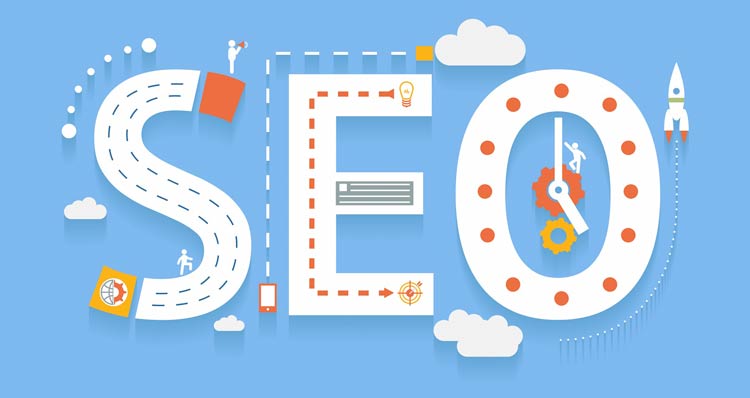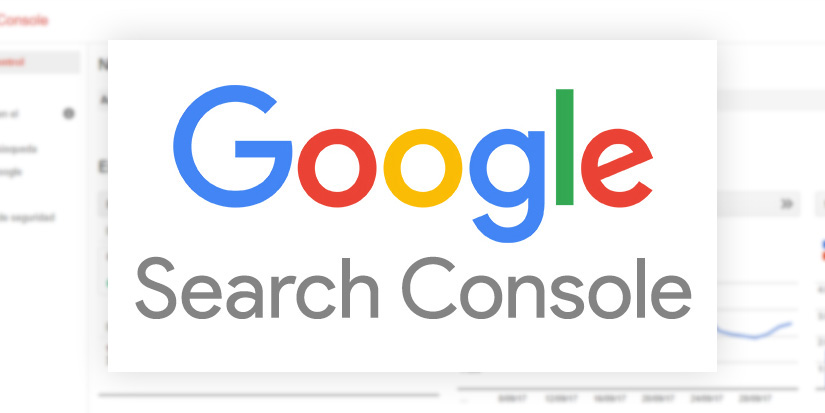Search Engine Optimization Alphabets- SEO Terminology

One of the first things we all learned in our childhood is alphabets. Alphabets form a foundation for a language. Or we can say, alphabets are the building blocks for learning how to read. Much like those early days, if you’re a new kid to SEO, you must learn the Search Engine Optimization Alphabets.
There are thousands of Gurus online who try to teach SEO to beginners, but it takes hours to learn a single thing if you don’t know the terminologies they use. To simplify this learning process, let’s start with ABCD of SEO.
A
Alt text/tag: Alt tags are used to optimize images from SEO POV. Alt tags describe an image to let the users and search engines know what the image represents.
Adwords: Adwords is Google’s advertising platform where advertisers can get valuable insights about those keywords on which they want to bid.
Anchor text: A visible and clickable text in a hyperlink.
B
Blog: A blog is a frequently updated web page or a collection of informative posts. These posts keep visitors on the page and therefore help the site to rank better.
Backlink: Backlink is an incoming link to a website from another website.
More high quality backlinks = Higher search engine ranking.
Bounce rate: Bounce rate is the percentage of visitors who come to your website but exit without visiting any other page. Bounce rates should be low for getting good results in SEO.
Black Hat: All black hat practices are against search engine’s guidelines.
Bing: Bing is a Microsoft operated search engine.
C
Content: Whatever you see on a website- text, graphics, videos etc. is content.
Superior quality content = Higher ranking.
Conversion: A number of visitors who perform desired action on your website (buy a product, fill a form etc.).
Crawler: Crawlers are Googlebots who scan websites to provide up to date data to search engines.
D
Directory: A directory is a collection of websites based on categories.
Deep linking: Deep linking is a practice of building links with inner pages /blog posts as opposed to a website’s home page.
Duplicate content: Content which appears at more than one place on the internet.
E
External Links: Links that point to an external website/domain.
F
Fresh Content: Interesting and up to date content is important for frequent indexing of a website.
Feed: An automatically updated resource that shows the latest content from a source/website.
G
Gateway Page: Gateway/doorway pages are designed for search engines to perform well for particular keywords.
Google Search: People use Google to search anything, so it’s extremely important to optimize your website for Google searches.
H
Hits: A hit refers to the number of files (graphics, pictures etc.) downloaded on your site.
.htaccess: Htaccess files are hidden plain text files that are on the server and are used to control how your visitors interact with your website.
Headings: Headings (H1-H6) are pieces of HTML codes which allow readers to know about a web page.
I
Impressions: The amount of times an ad is shown or a web page appears in search results are called impressions.
Inbound Links: A link (hyperlink) that’s coming to your website from another website.
Internal Links: Links that point to another web page on same website/domain.
J
Javascript: JS is a scripting language, that’s used to add dynamic features if embedded in HTML.
K
Keyword: A word/phrase that a user types in search engine is a keyword.
Keyword Research: A method of researching search terms (keywords) that reflect your website’s content so that your website can rank in search results.
Keyword Density: The percentage of time a keyword appears on a webpage as compared to the total number of words on that page.
L
Link Building: A process of creating backlinks that point to your website – this increases conversions and brand awareness.
Landing Page: A web page (destination page) on which a visitor arrives/lands after clicking a link on search engine/social media.
Long tail keywords: Search phrases that contain 3 or more words are referred to as long tail keywords.
LSI: LSI stands for Latent Semantic Indexing. LSI keywords are synonymous words that help to repeat a keyword multiple times and hence make content look more natural.
M
Meta Description: Meta description, an attribute of Meta tags, is a concise explanation of the content of a web page. Meta descriptions are seen in search results as a part of search snippets.
Metrics: SEO metrics take information out of Google analytics to monitor all the work you’ve done.
N
Nofollow: Nofollow links instruct search engine bots to not count them and thus they do not help to boost ranks.
Niche: Niche is used to specify category or a subset of market related to your products/services.
Negative SEO: Negative SEO is used to lower the competitors’ websites’ credibility and ranking.
O
Outbound Links: Links which go to another website from your website are called outbound links.
Organic Search Results: Search results which are unpaid and organized by relevancy are organic/natural search results.
P
PageRank: PageRank, a link analysis algorithm, is a measure of a web page’s popularity in terms of the number of links directing to that page from other websites.
PPC: Pay Per Click (PPC) is a type of paid advertising where the advertisers have to pay only when a user clicks on their ad.
Penalty: A negative impact on a website’s rank in search engines for doing spamming or using manipulating methods is known as penalty.
Q
Quality: Always try to infuse quality over quantity whether it’s about content or link.
R
Robots.txt: Robots.txt file is used to tell search engine spiders that which web page of your website should be crawled and which should not be crawled.
ROI: If your revenue is higher than your spend, then you’ll get Return on Investment (ROI).
Redirect: To change the address of a landing page or to move visitors/search engines to a different page, redirections are used in SEO.
S
Spam: SEO techniques which violate search engine’s terms are perceived as spam.
Sitemap: Sitemap is a map of a website that informs search engines as to what pages on a website are available for crawling.
SERP: When a user enters a search term in search engine, the presented list of web pages is called Search Engine Result Page.
Social Media: Social shares are considered as the new form of link building. Thus, social media websites such as Facebook, Twitter, Pinterest, Google+ etc. have an indirect but a positive ranking impact on a website as they drive relevant and massive traffic.
Spider: Spiders crawl websites to index them in the search engine’s data base.
T
Title: Title tags are part of meta tags. An SEO-friendly title should be keyword rich and meaningful.
U
URL: A unique web address for every website. An SEO-friendly URL should be clear and meaningful.
Unique visitor: An individual user (with a unique IP address) who visits a website.
V
Viral Marketing: The most explosive method to promote a brand. It encourages an individual to pass a message to an enormous amount of people.
Visits: Number of users who come to a website and proceed to browse it.
W
White Hat: SEO practices which improve a website’s position in SERPs while staying within search engines’ terms of service.
WordPress: An SEO-friendly open source blogging platform.
X
XML: Extensible Markup Language, that’s used to improve a website’s loading speed.
Y
Yahoo: A popular search engine. Also it has one of the biggest directories, i.e. Yahoo directory, to submit your business there.
YouTube: The 2nd largest search engine that can drive massive traffic by doing video SEO there.
Z
Zopim Chat: It’s a chat widget that lets you monitor and chat with your website visitors in real time.
I hope this terminology lesson will make all digital marketers’ SEO learning easy peasy lemon squeezy!!
Your comments about this A-Z alphabet article are most welcome. See you in future posts.


